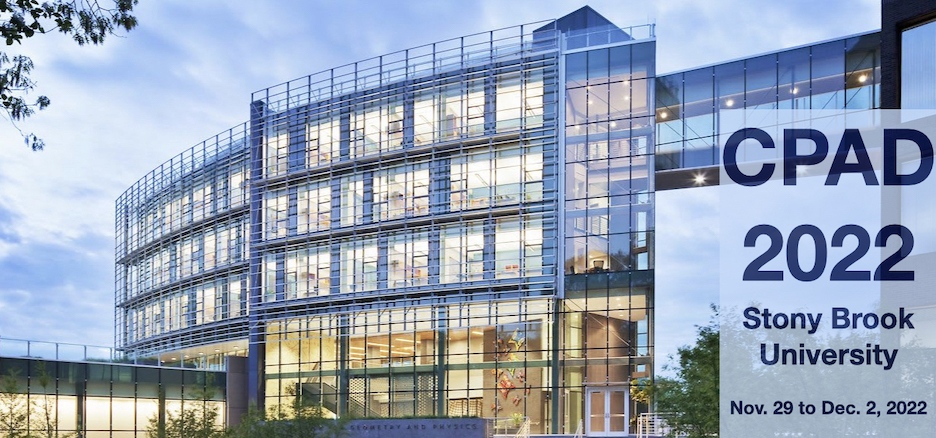Speaker
Description
Calorimetry in high-radiation environments is particularly challenging. Examples
are forward regions of lepton and hadron collider-detectors. A viable choice is to construct a sampling calorimeter with radiation-hard active media. We have developed a radiation-hard, fast, robust and cost effective technique: secondary emission calorimetry(SE cal). Secondary emission from metal oxide films on pure metal are proven to survive GRads of dose, as in PMT dynodes and accelerator beam monitors. We constructed and beam-tested prototype secondary emission sensors. In a secondary emission detector module, secondary emission electrons are generated from a SE-cathode and amplified in subsequent dynodes - similarly to photoelectrons - when hadron or electromagnetic shower particles penetrate the SE module. SE occurs in 10 ps or less and scales as dE/dx, being ~200x larger at low energy than at minimum ionizing, is sensitive to n collisions with the SE surfaces, and very sensitive to nuclear breakup ions, with consequences for good compensation. Here we report on the principles of secondary emission calorimetry, results from beam tests, and comparison with the Monte Carlo simulations.

